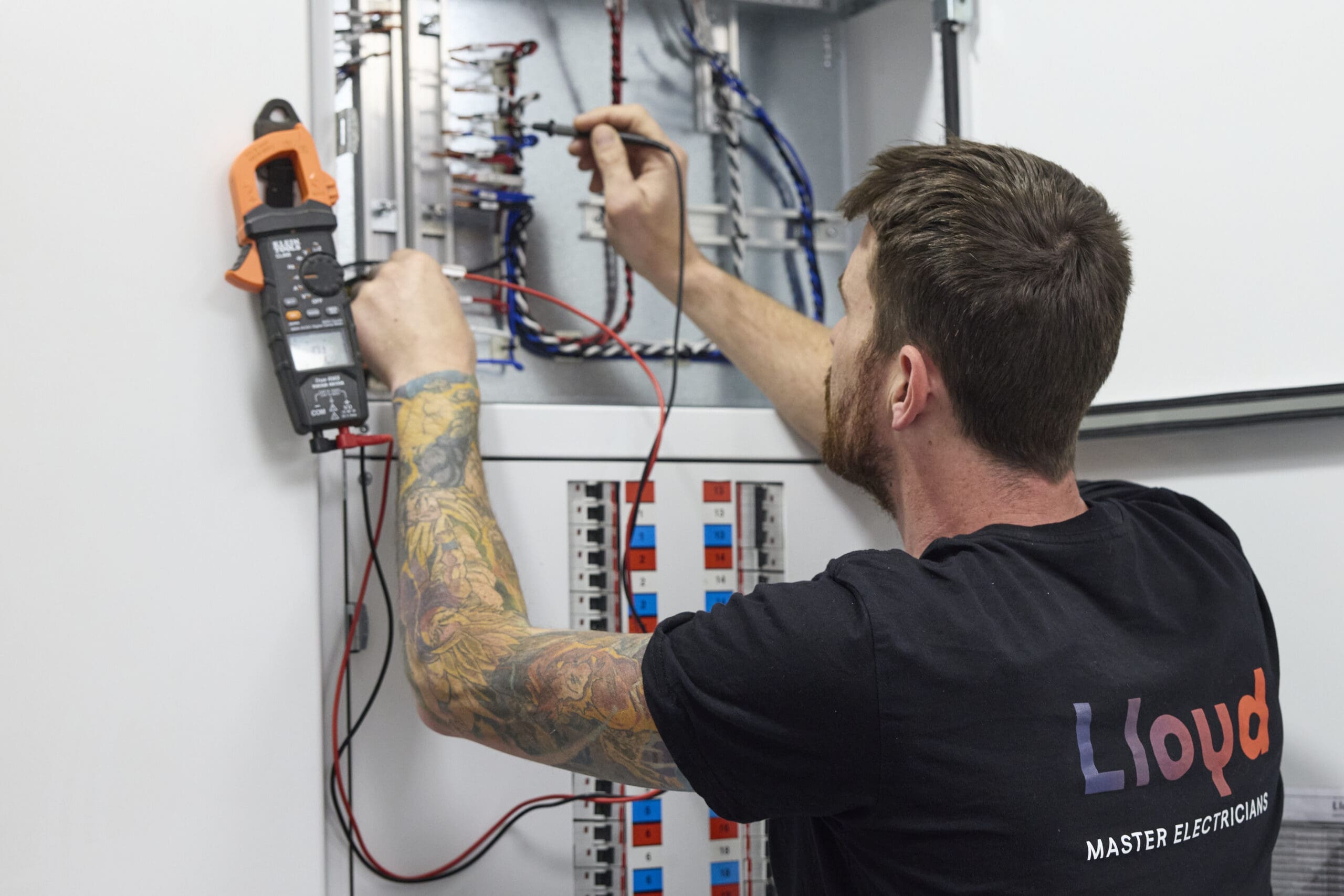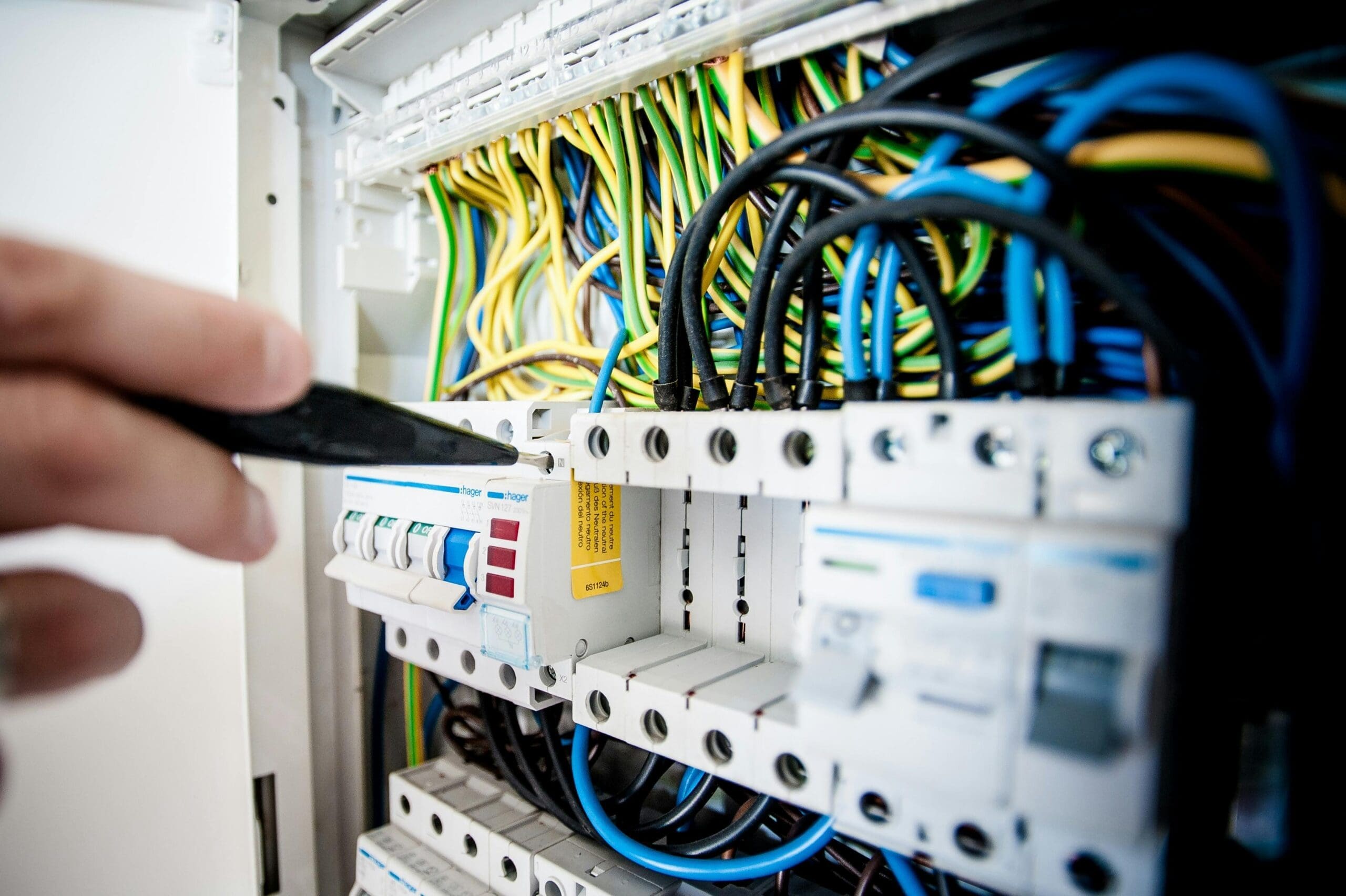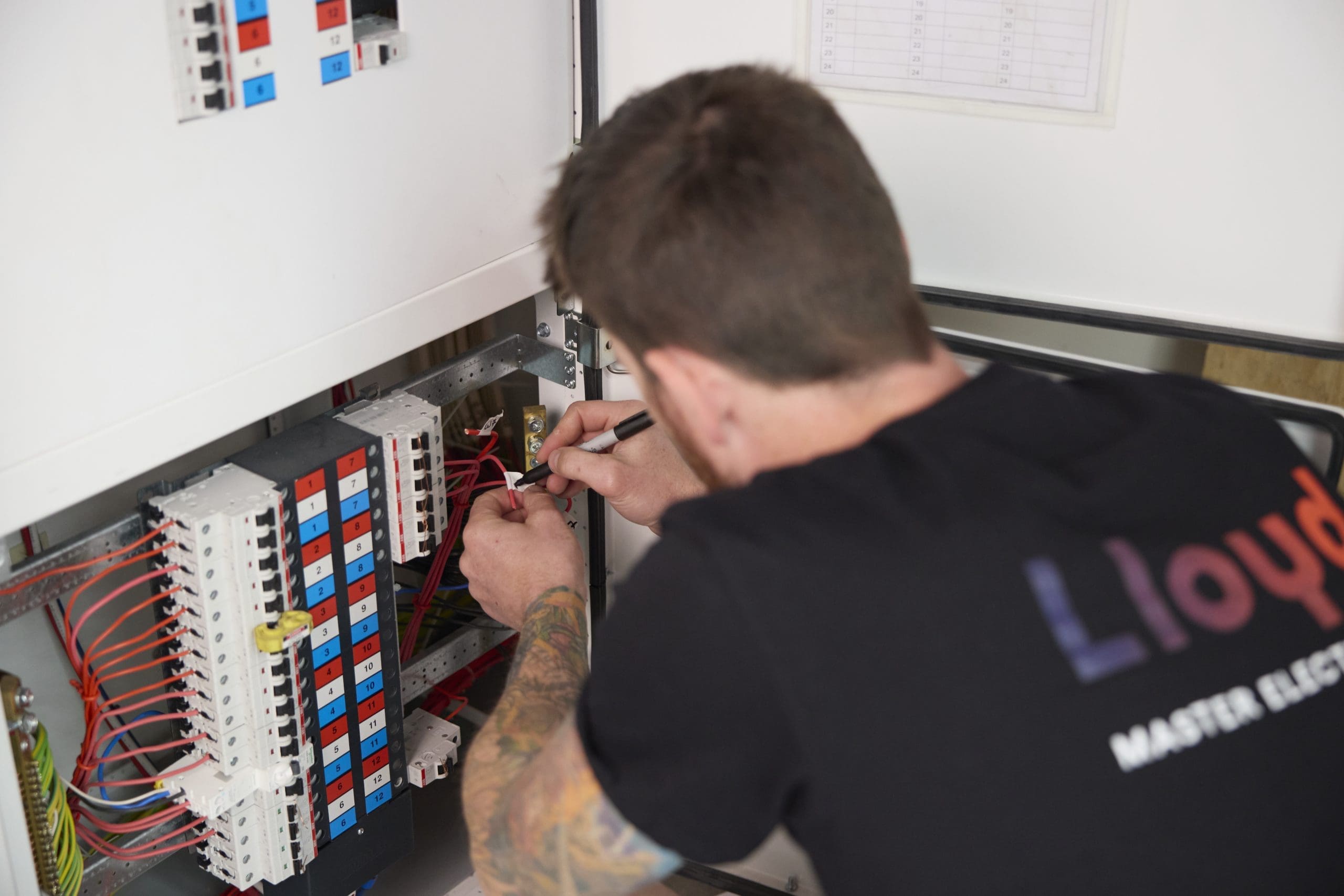Let's take a look at a couple of electrical problems that are common, at one time or another, to most Auckland residents. That is, resetting an electrical breaker that has tripped, and the steps you need to perform to remove a circuit breaker from your electrical panel. The first, while certainly requiring the following of established safety procedures, is something most of us have done, but the second problem requires some serious consideration as to whether to do it yourself or to call a Auckland electrician to do it. Let's examine them in order.
Resetting a Breaker That Has Tripped
A breaker is simply an electrical switch designed to disengage an electrical circuit in order to deal with wiring that is overloaded or circuits that have shorted. They are found in your breaker box, which is typically located in laundry rooms or utility closets, and in attics if your home has one. Breakers are grouped in rows with plastic switches for flipping, on or off, exposed above the panel. It's important to keep in mind that the reason a breaker trips, aside from a power outage, can be an indication that there are appliances that are no longer functioning. Here's how to reset a tripped breaker.
- Once you open your breaker box it's easy to identify tripped breakers. They are the ones with plastic tips now in the off position. There is likely to be a colored marker that further indicates the circuit is disconnected.
- Once the breaker, or breakers, that have tripped have been identified you can flip the plastic switches to the on position. This should immediately restore power to the circuits that were disengaged. If the breakers have been reset and power is not restored to these circuits, contact an electrician as you may have more serious electrical problems that need to be investigated by a professional.
This leads us to problem number two: whether or not to attempt to remove a circuit breaker yourself. If you are unsure of your skills working with electrical problems proceed no further. You need to call a professional electrical services company. If, however, you have experience working with electrical wiring be sure to follow these recommended steps so as to ensure your safety.
Removing a Circuit Breaker
You're going to need some basic tools and you can be confident as to your safety if you follow long established safety rules for handling electrical wiring.
- Using a drill, remove the screws from the outer panel of the electrical box, making sure it is secure and does not fall to the floor. Beware: you are now working near and around live wiring which has the potential to produce fatal shocks. Think through all that you do hereafter with great caution.
- Look for the electrical panel's main breaker. It is typically much larger that the other breakers and is found at the top of the rows of switches. Flip this switch off, which will shut off all power in your home. You'll need a good flashlight or battery powered light to complete the procedure. While you're at it, it's a good practice to go ahead and flip off the switch of the breaker to be removed.
- You want to gently remove the breaker by rocking it from the panel by hand. Once it feels that it is coming loose, pull it straight out with moderate force, if necessary. You want to pull it far enough away from the panel so that you can remove the electrical wire with a screwdriver.
- Now replace the old breaker with a new one by following the above steps in reverse order. Be certain that you attach the electrical wire securely and don't flip back on any switch until the new breaker is securely in place and the outer panel is reattached.
Now that you know how to remove and replace a circuit breaker bear in mind that Lloyd Electrical has been providing professional residential and commercial electrical services for the North Shore area for many years. If you have even the slightest doubt about your abilities to tackle electrical problems please choose the safer option and contact Lloyd electrical today.









